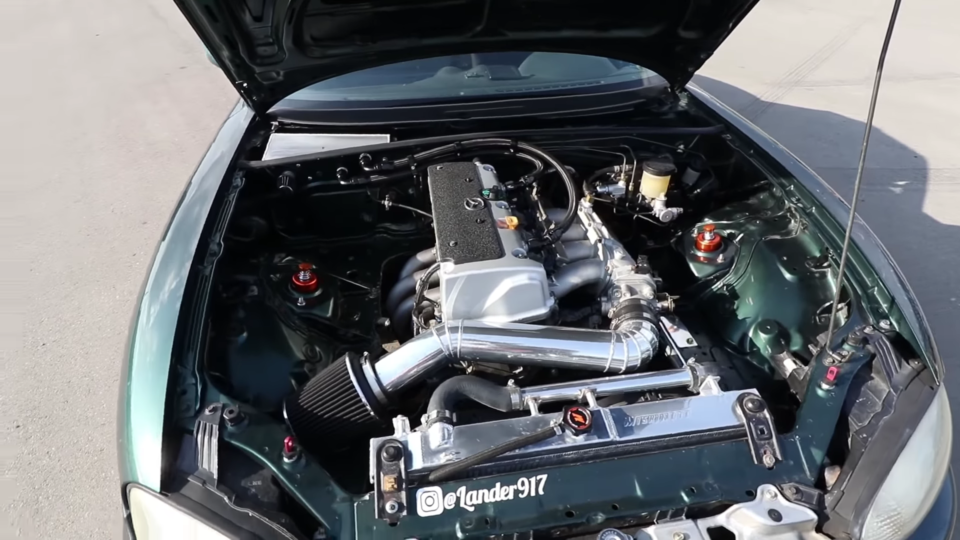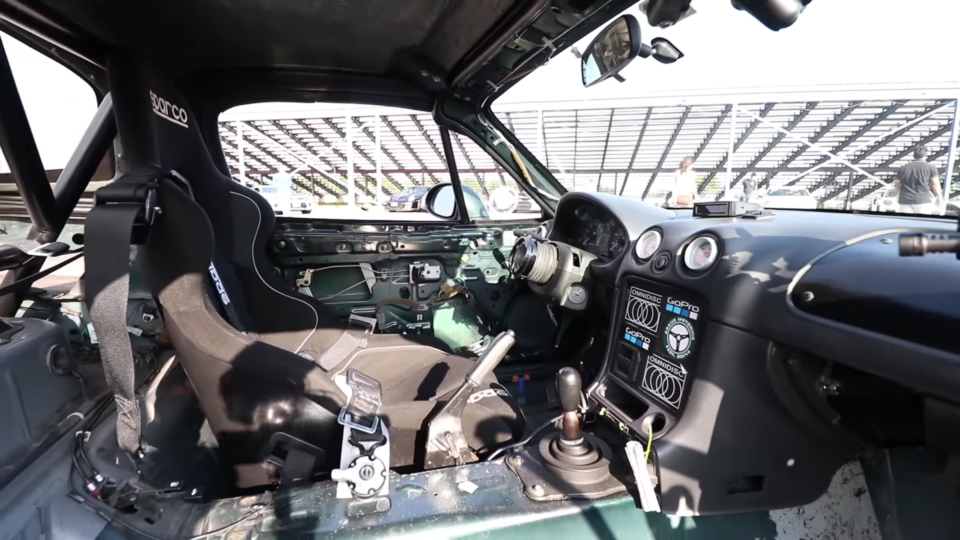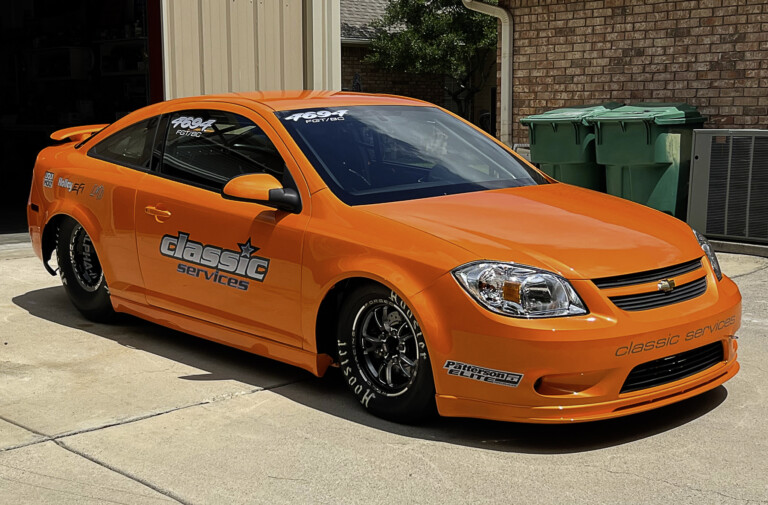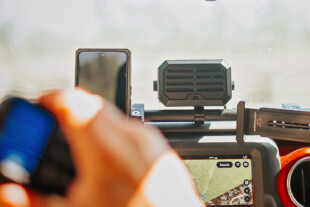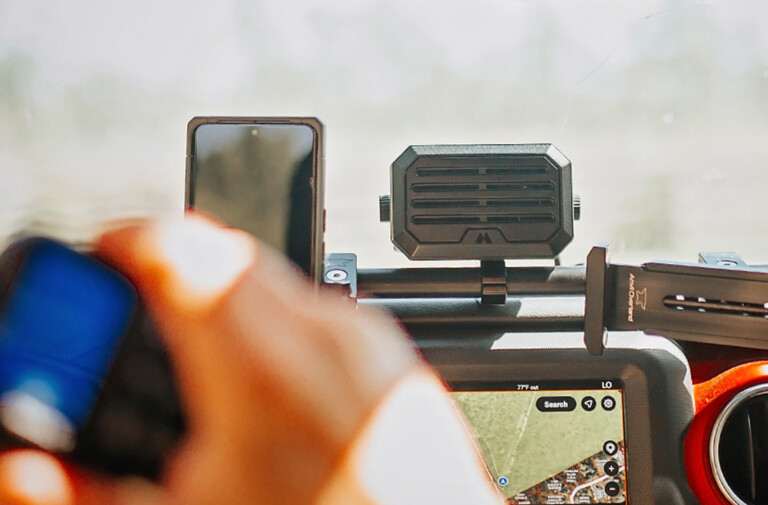With the agile and accessible NB Miata as a base, there are several routes to take when more power is a must. Some go down the tricky path of forced induction, while others like to stay naturally aspirated. Without dropping an eye-watering amount of dough for a Spec Miata motor, some prefer to use one of the more numerous Honda engines which suit the Miata nicely. This one even changes the car’s character for the better.
Honda’s aluminum K24 doesn’t spoil the Miata’s superb weight distribution, and with total costs of the engine swap ranging from $7,000 to $10,000, it’s not outrageously pricey. It’s straightforward too; with a 2008 TSX’s K24 and a KMiata swap kit, it’s a plug-and-play affair. A custom intake, KMiata exhaust manifold, and cam gears are all that’s needed for 223 horsepower and 187 lb-ft at the rear wheels. Sent through the factory six-speed and then the factory 4.3 rear, makes this Miata a veritable rocket ship.
All Business
SuperMiata Xida coilovers — 800-pound springs in the front and 500-pound springs in the rear — provide a supple, comforting ride that helps the rear squat slightly under power (read: traction). The stock rear swaybar also helps keep the tail from getting too snappy, and a Flyin’ Miata bar up front helps a little with the car’s turn-in characteristics. Bridgestone Potenza RE71 tires, classic 949Racing 6UL wheels, and Wilwood six-piston front brakes offer stopping performance and style in spades.
Inside, there’s next to nothing weighing the car down. Pared to the bone, the Miata weighs in at just 2,060 pounds. That svelte figure, coupled with an additional .6-liters, gives this car a character of all its own. As we see, Dave Pratte of Speed Academy has his hands full with it.
No Faults At All
Not only does it pull nicely out of Toronto Motorsports Park’s many hairpins, but it doesn’t fall off at the top of the rev range. There’s a lot of punch accompanying that metallic bark, and once Pratte is given enough room to stretch the K24’s legs a bit (5:58), we see just how quickly this mean Miata accrues speed.
Perhaps the best indication of this rocket’s straight-line speed is how it’s able to keep in touch with a 991 GT3 RS. Even though the ~500-horsepower, PDK-equipped Porsche has an undeniable power advantage, the Miata is strong enough in straighter bits to not fall entirely behind. Pratte’s confidence in the brakes and the cornering speeds help close the gap quickly. Especially in the infield, where the Porsche doesn’t get as much time to exploit its power advantage, the Miata regularly nips at the Porsche’s heels.
It’s in the infield where we get a sense of how pointy and nervous this car is, especially with the added torque on-hand. The point at which Pratte lifts to help rotation, the car starts to rotate. When he prods the throttle to help stabilize the sliding rear, the K24’s torque lights up the rears (7:32), resulting in a big slide and a maniacal cackle. You’ve got to love when a car brings that sort of emotion out of a driver.
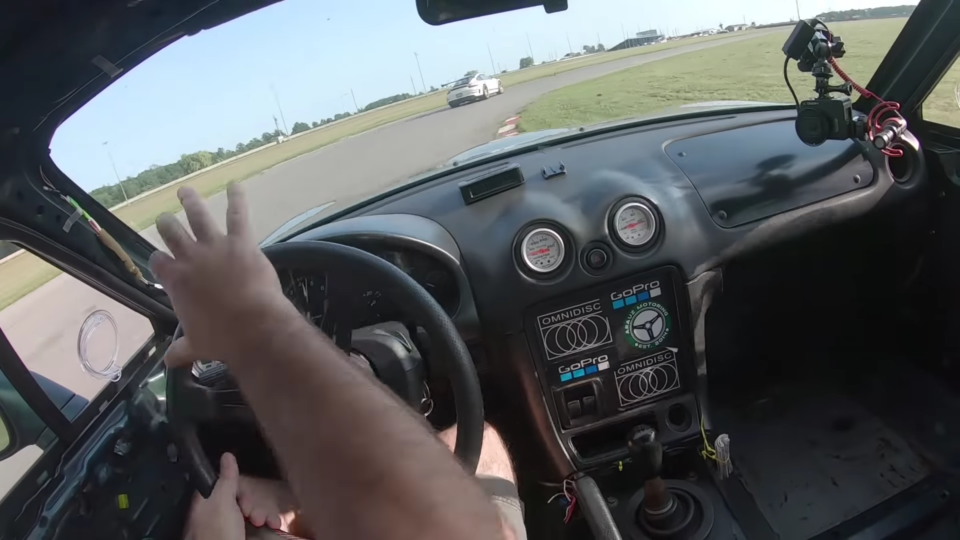
Without power steering, Pratte’s recovery from this slide is a little awkward, but he still manages.
Without power steering and with a good bit of power, the characterful K24-swapped Miata asks a lot more from its driver than your typical 1.8-powered MX-5 would. The car’s owner, Lander, may come back with a few more engine modifications in the next year — 300-atmospheric horses at the rear wheels is feasible. With more tire and some aero on top of that, the added character might just be enough to outrun another big daddy Porsche.




